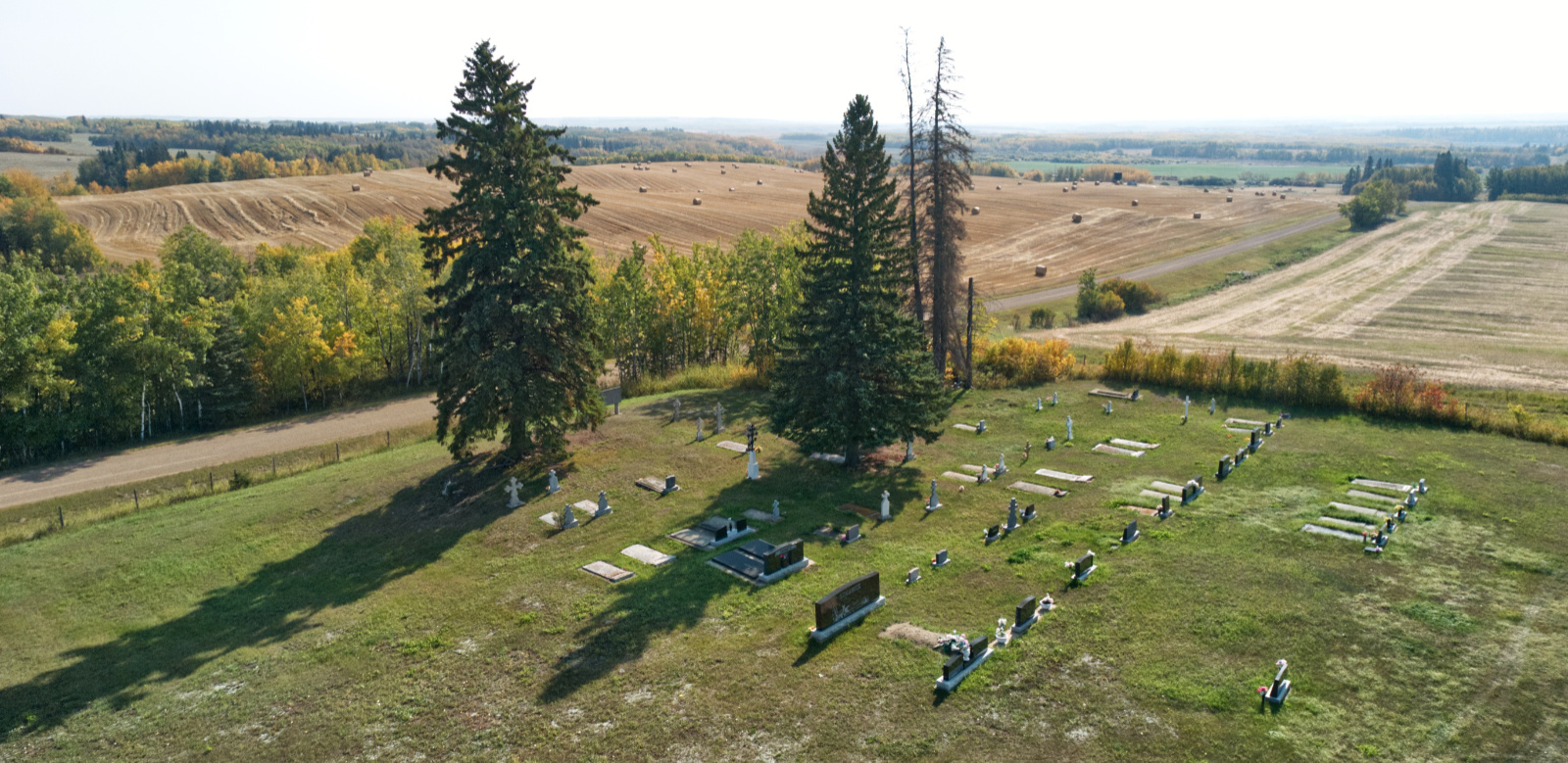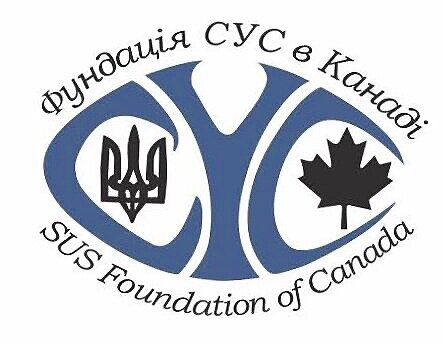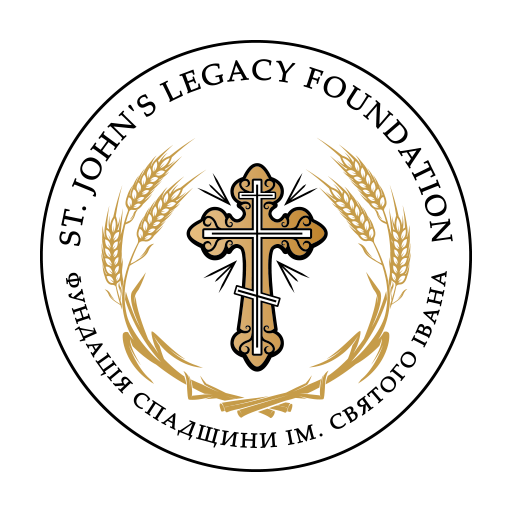At an organizational meeting held in 1913, settlers of the Morecambe district decided to proceed with the construction of a church, after which a ten-acre site was donated for this purpose by P. Melnychuk. Clear title to this property was obtained in 1918, by which time the church had been formally registered with the government. A modest structure built by volunteers out of donated logs served as the first sanctuary for the congregation, which adopted the name "Russo Orthodox Church of Oshichlib" (Oshykhlib) after the Bukovynian village in Kitsman raion, Chernivtsi oblast, where many of Morecambe's homesteaders traced their roots.
The interior and exterior walls were mud-plastered and white-washed before being adorned with icons that had been brought from the old country by the pioneer founders; later, a porch was added, and the outside walls were sheathed, to better insulate the building from the elements. Once again parishioners donated their labour and materials to making these improvements, the women preparing and delivering meals to the work crew. The Oshichlib church became a focus for worship and community celebrations, the annual Resurrection Liturgy in particular drawing people from near and far to have their baskets blessed at Eastertime.
For many years the congregation received pastoral care on an occasional basis from priests with the Russian Orthodox Mission. When performing services in the community, the Two Hills-based priests stayed overnight on the nearby farm of the Taschuk family. In 1944, however, Fr. L. Diachina succeeded in bringing the congregation over to the UGOC, in the process attracting the support of some of the local farmers who had been active in Morecambe’s All Saints Ukrainian Catholic parish, established in 1935-36. It was sometime during the early forties that members of the Oshichlib church dedicated their sanctuary to St. John the Baptist.
Several difficult years followed, and by 1946 membership in the congregation had dwindled to a handful, and general meetings were no longer being held. A core group nevertheless persevered, and in 1951-1952 Morecambe reported to the Consistory that it had twelve members (cited as only eight by Fr. Shwetz in a 1951 letter) and was celebrating 5-6 Divine Liturgies a year. It was around this time that the congregation formally became affiliated with the UGOC, even though by then the parish was struggling because of a declining membership. By 1956 there were only three families actively supporting the church, most local residents preferring to travel to nearby towns to worship.
Sometime in the mid-1950s the original log church was destroyed by fire, said to have been a case of arson provoked by a conflict within the community. At the same time the bell also disappeared from the belltower, never to be returned. Services were subsequently held in the local Taras Shevchenko National Home, but soon after, membership fell off so dramatically that the executive of the congregation notified the consistory that parish life was no longer viable. Migration from the Morecambe district to Edmonton and elsewhere had steadily depleted the ranks of the faithful, while the close proximity to churches in neighbouring Musidora and Myrnam further eroded local support.
Nevertheless, after a period of dormancy the Morecambe hromada staged a determined revival, purchasing and remodeling a former schoolhouse in 1963 to create a new place of worship after having restored the parish cemetery the previous year. In 1966, Rev. P. Zubrytsky celebrated the patron saint's day liturgy in Morecambe, possibly one of the last such commemorations in St. John the Baptist church. By 1971 it was reported that the congregation had dwindled to the point where "...it only existed on paper..." and had not celebrated a single liturgy the entire year. Be that as it may, another major cleaning of the graveyard took place in 1986, and the burial ground is still the site of annual "provody" held in remembrance of deceased church members. The church itself stands abandoned.

Play Memory Eternal Chant
GPS Co-ordinates: 53.680112, -111.501834
Affiliation: Ukrainian Orthodox Church of Canada



 Financial support generously provided by:
Financial support generously provided by: 